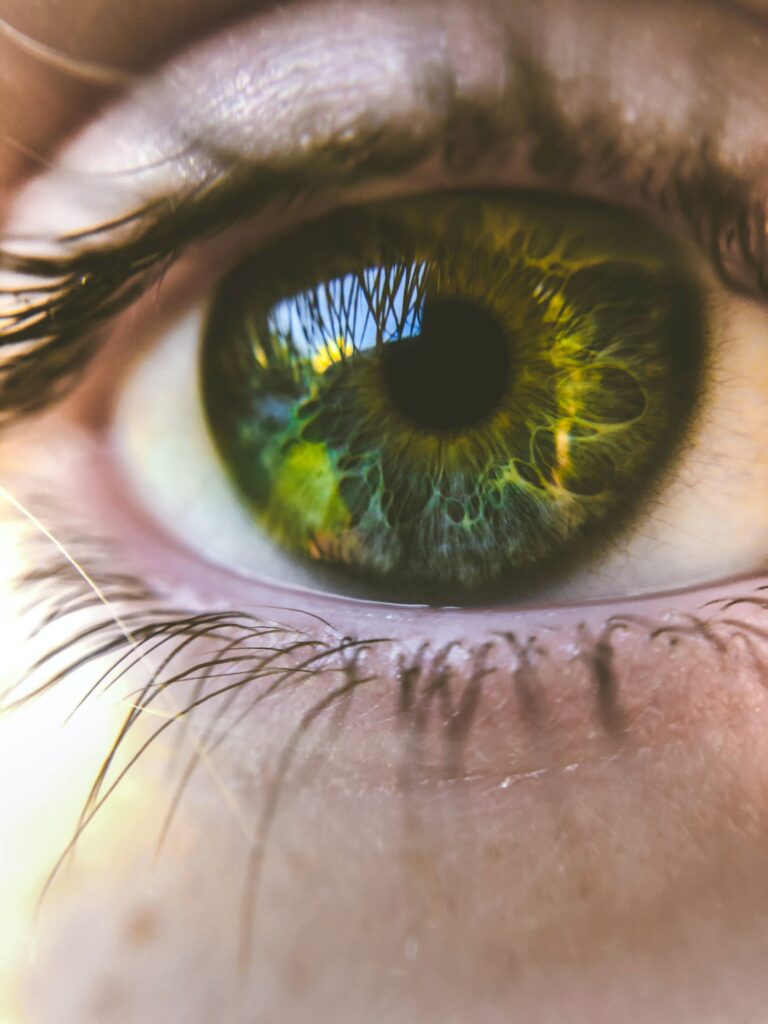F. Ferrari, L. Morin
The principle of annular keratomigmentation has already been described in an animal feasibility study for the treatment of presbyopia.
The aim of this study is to show the good tolerance of AAK on humans, its absence of complications, and its results on the aesthetic level.
A 49-year-old female patient underwent surgery bilaterally in December 2013. She had brown eyes and wanted to change the color of her eyes to green. We used the ICR program of the Visumax femtosecond laser (Zeiss*) with 4 incisions and a very large diameter at a depth of 150 microns. After dissection of the tunnel created with the laser, green pigment (Biotic Phocéa) was then injected into this tunnel. This pigment has been approved for corneal use.
Three months after the operation, the after-effects are simple, without inflammatory reaction, without diffusion of the dye in the cornea. Corrected visual acuity (10/10ths in both eyes) and visual fields were unchanged. The aesthetic result is satisfactory, with the creation of a pseudo pupil and a limbal annular (Fig. 1)
Aesthetic annular keratopigmentation is a new method for changing eye color. The first case performed on a man shows a satisfactory aesthetic result without local or functional complications. Other studies will have to be carried out to confirm the safety of the procedure, as well as its aesthetic interest.

Declaration of interest The authors declare that they have no conflicts of interest in relation to this article.
Scientific article DOI : http://dx.doi.org/10.1016/j.jfo.2014.04.022
Reference
Ferrari F, Letsch J, Morin L, Guignier A, Marcellin L, Bourcier T. La kératopigmentation annulaire dans la prise en charge de lapresbytie. J Fr Ophtalmol (2013) ; 36 : 481—7


